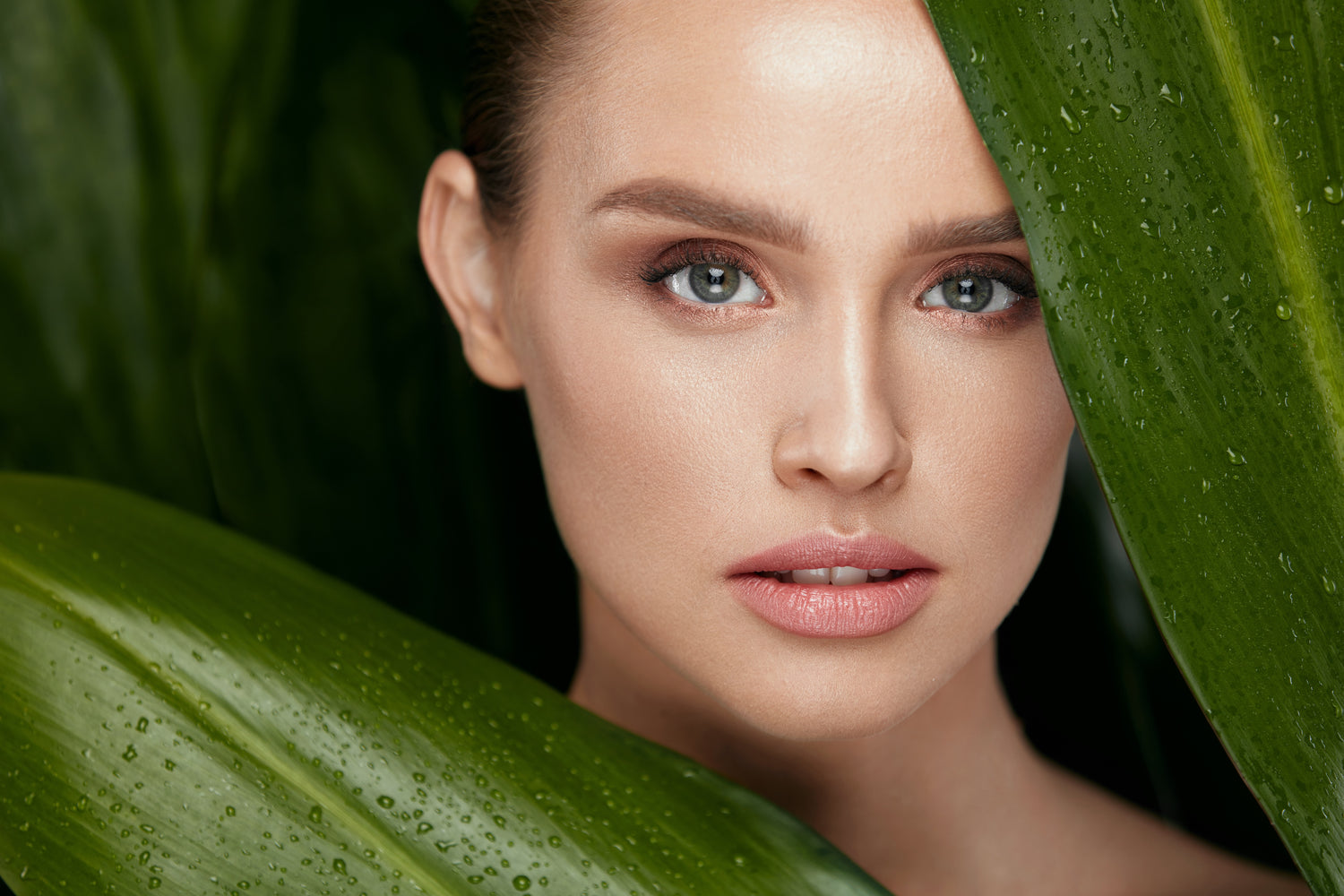Acne is a universal problem. It affects men, women, children, and adolescents of both genders. It's not only unattractive, it's impossible to ignore. Those pimples stare at you every time you look in the mirror.
This frustration often leads to rash decisions (pun intended!) when choosing acne care. When emotions are intense, you want a big hammer. Sound familiar?
But that can be counterproductive.
How do some acne treatments backfire? First, we need to go over some basics. We'll start with a pimple glossary.
Comedones, also called whiteheads and blackheads
- Often caused by a clogged hair follicle. A follicle that is open on the surface of the skin causes a blackhead and a closed follicle causes a whitehead.
- Papules: Inflamed comedones that form bumps.
- Pustules: Inflamed comedones that form a red ring.
- Nodules: Large inflamed comedones that harden. They are often painful.
- Cysts: Pus-filled lesions. Larger than whiteheads and blackheads.
Types of Acne
- Inflammatory acne: pimples caused by P. Acnes bacteria
- Acne Mechanica: a reaction to friction, heat or pressure. Often experienced after working out or as a result of wearing a helmet or other sports gear.
- Acne Fulminans: Inflammatory breakouts often affecting teenage boys.
- Acne Conglobata: Extremely severe acne often found on the back, chest, neck and buttocks. Characterized by inflamed pimples that may be connected under the skin.
- Cystic (or Nodulocystic) Acne: Severe type of acne characterized by large, inflamed cysts.
Common Topical Acne Treatment Ingredients
Let's examine the ingredients found in topical acne products. The most common acne treatment ingredients are benzoyl peroxide, salicylic acid, retinoids, and sulfur.
Benzoyl peroxide is an antimicrobial. It is designed to kill and prevent bacteria before it accumulates in pores and forms blemishes. It is ubiquitous in products aimed at adolescent consumers.
Salicylic acid is an exfoliator. It is designed to exfoliate pores that are already clogged and inflamed with dead skin cells. Retinoids are also designed to clear pores and reducing dead skin cells.
Sulfur is designed to absorb excess oil on the skin before it triggers a breakout.
Because they each work a bit differently, one may work on a certain type of acne but not on another kind.
You also need to follow application directions carefully. If not used as directed, these treatments can make acne worse. It's a vicious cycle. These chemicals can burn the skin's outer layer. This dries out the skin. The drying action causes—you guessed it—increased oil production. This oil mixes with bacteria to clog up pores resulting in more pimples.
If you have severe, recurring acne, I recommend consulting a dermatologist. If you have mild to moderate acne, here are some tips that might help you.
A Gentle Touch is Best
Sometimes you wish you could scrub away those blemishes. But over-enthusiastic face washing can also make breakouts worse. First off, you spread the bacteria from pimples to clear areas. Bad idea. You can also irritate the skin and make existing blemishes more inflamed. Another way you can make your acne worse is by picking at it all day. Just stop it already.
Beware of Chemicals in Skin Care and Cosmetics
If you have frequent breakouts, examine your moisturizers, anti-aging creams, and cleansers. Look for acetylated lanolin, almond oil, benzaldehyde, isopropyl palmitate, isopropyl myristate, lauroyl lysine, mineral oil, artificial fragrance, retinol, alcohol, silicone, and talc. Each of these substances can trigger acne or rashes.
Replace these with chemical-free products make with pure, natural botanicals and essential oils. Look for natural anti-bacterials and anti-inflammatories. We use Kakadu Plum, Lilly Pilly, Manuka, Lemon Myrtle and Quandong. These nutrient-rich botanicals may help prevent acne while improving the condition of your skin in every way. The Manuka Miracle Mask is a customer favorite and may also help prevent acne.
When performing an ingredient audit, don't forget your make-up. Pinpoint the offending foundations, blushes, or powders. While you're at it, toss old sponges and brushes that may be teeming with bacteria.
...and Hair Products
If you only get pimples along your hairline, your hair styling products may play a role. Oil-based pomades are notorious for causing pimples but shampoos, gels and hairspray can also irritate skin or clog pores. You can use a towel to shield your face and neck for gels and sprays, but shampoos and conditioners can be more problematic. Examine the ingredients in your shampoos and try switching to a non-comedogenic brand. Note that even if you stop getting products on your skin, it still might take weeks for the acne to clear up. Remember that clothing and bedding can have product residue, so give everything a good washing.
The Pimple-Phone Connection
How often does your phone touch your cheek? This can trigger breakouts in several ways. First off, it can spread bacteria. Plus it can block pores and irritate the skin with constant pressure and friction. Clean your phone daily and try to hold it away from your skin.
Hard Water
The minerals in unfiltered water can clog up your pores and trigger or exacerbate breakouts. Use a filter or water softener to remove some of the minerals. It is better for your skin and hair as well as your pipes and appliances because it reduces mineral buildup.
This article is for information only. Australiana Botanicals products are pure, natural and safe botanical based skin care products, but are not intended to diagnose, treat, cure or prevent any disease or medical condition. The FDA has not reviewed or approved any of these statements.
For information about natural treatments for acne, see:
https://www.australianaskin.com/blogs/test-blog-1/rescue-tips-for-the-most-common-skin-disorders
https://www.australianaskin.com/blogs/test-blog-1/are-there-natural-acne-treatments-that-really-work
For more information about the dangers of common toxins in personal care products, see:
https://www.australianaskin.com/blogs/test-blog-1/can-you-trust-the-big-skin-care-brands
https://www.australianaskin.com/blogs/test-blog-1/top-9-toxic-skin-care-ingredients-you-must-avoid
Source:
https://www.webmd.com/skin-problems-and-treatments/acne/ss/slideshow-acne-dictionary



